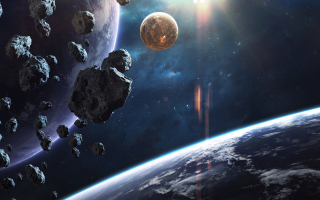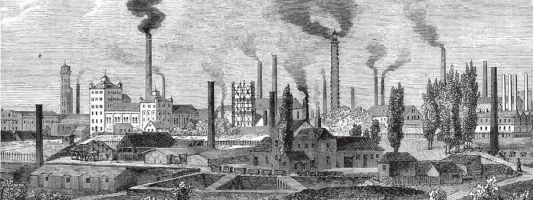Top 10 Fascinating Facts About the Early Universe
What is the closest we can come to visualizing the cosmos before it changed into the thing we know and love today? What can we discover about the structure of ... read more...the cosmos by gazing into nothingness? What peculiar processes led to the cosmos using us as a means of self-knowledge? Get prepared to travel across billions of years and many more lightyears, to a size smaller than an atom, and to see the unobservable as this list will do all of that. Here are some Fascinating Facts About the Early Universe.
-
You've certainly heard of dark matter, a theory that was first put forth by Fritz Zwicky of the California Institute of Technology in 1933. It was simply an explanation for the puzzling results of astronomical measurements, which showed that there were vast quantities of matter and energy that were not yet detectable other than for the gravitational pull they had on the objects around them. According to NASA, there is so much of it that approximately 27% of the universe's matter and 68% of its energy are dark. These black particles were dispersed in extremely odd ways at the beginning of the universe.
Doctors Michael Baker, Andrew Long, and Professor Joachim Kopp reported their findings in Physical Review Letters in October 2020. According to their findings, dark matter appears to be developing from vacuums that formed with the creation of the universe. But, it doesn't appear as though dark matter and energy are spewing out of the holes; rather, it seems as though they are coating the other layers of voids, much like bubbles that formed at the universe's inception when temperatures reached many trillions of degrees.
Or, as Kopp went on to say, perhaps it would be more realistic to imagine the dark energy and matter as coating these voids like the shells of ping pong balls, as other types of matter and energy seem to find them incredibly challenging to penetrate.The idea that much of existence is the consequence of the universe simmering after it has reached a full boil is incredibly fascinating.
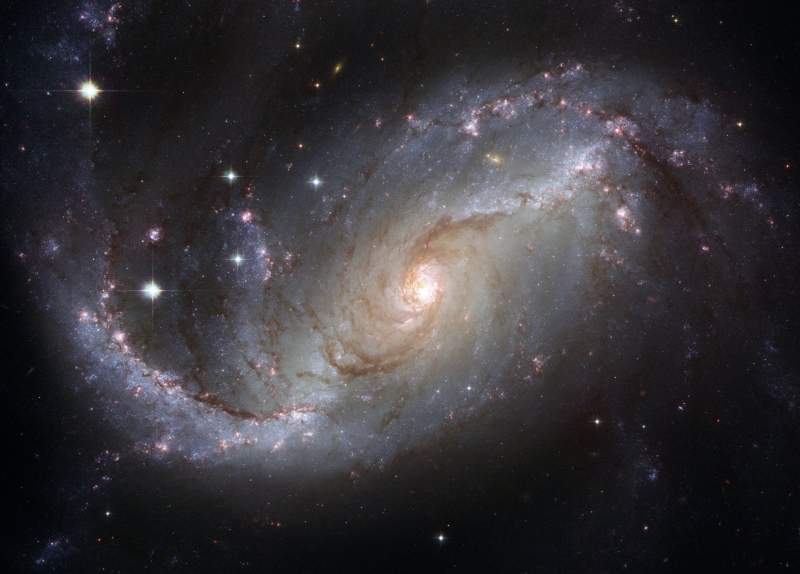
Image by Pixabay via pexels.com 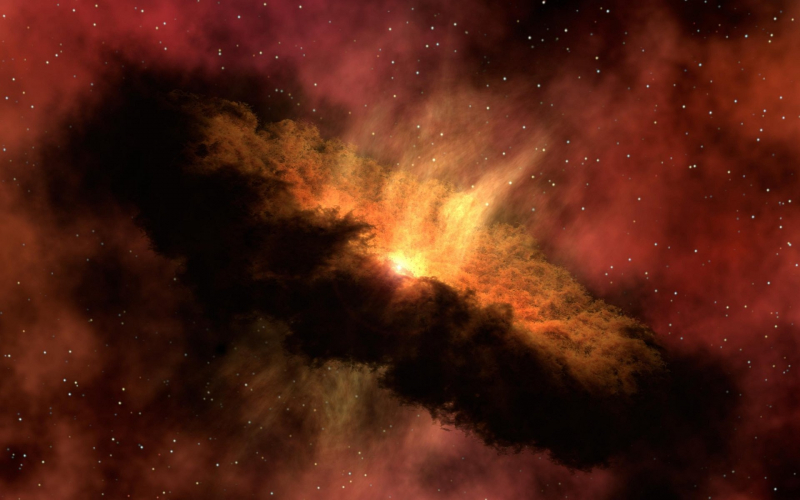
Image by Pixabay via pexels.com -
It may sound as though the beginning of the universe was a highly turbulent period given the vast expansion that brought about all existence and the fact that everything was once a quadrillion degrees. Undoubtedly, the vast amount of dark hydrogen whirling around was similar to a cosmic storm cloud, generating trillions of the identical lightning strikes that probably ignited life on Earth.
The likelihood that this was not the case turns out to be extremely high, but not because there was no energy. Actually, it was due to an excess of very specific types of energy, as stated in a paper from the Massachusetts Institute of Technology in 2006 by Frank Wilczek and Sean Robinson and reported by New Scientist.
Thus, the four fundamental forces of the cosmos are gravity, electromagnetism, and the weak and strong forces. Strong force and gravity essentially served as a dampener when the cosmos initially began since there was so much antimatter and all stuff was squeezed together.
Hence, electricity could not occur even if quintillions of superheated hydrogen atoms collided. In actuality, it wasn't until after the cosmos had sufficiently expanded that it started to cool down that the energies stopped canceling each other out and electricity could start to appear in great quantities.
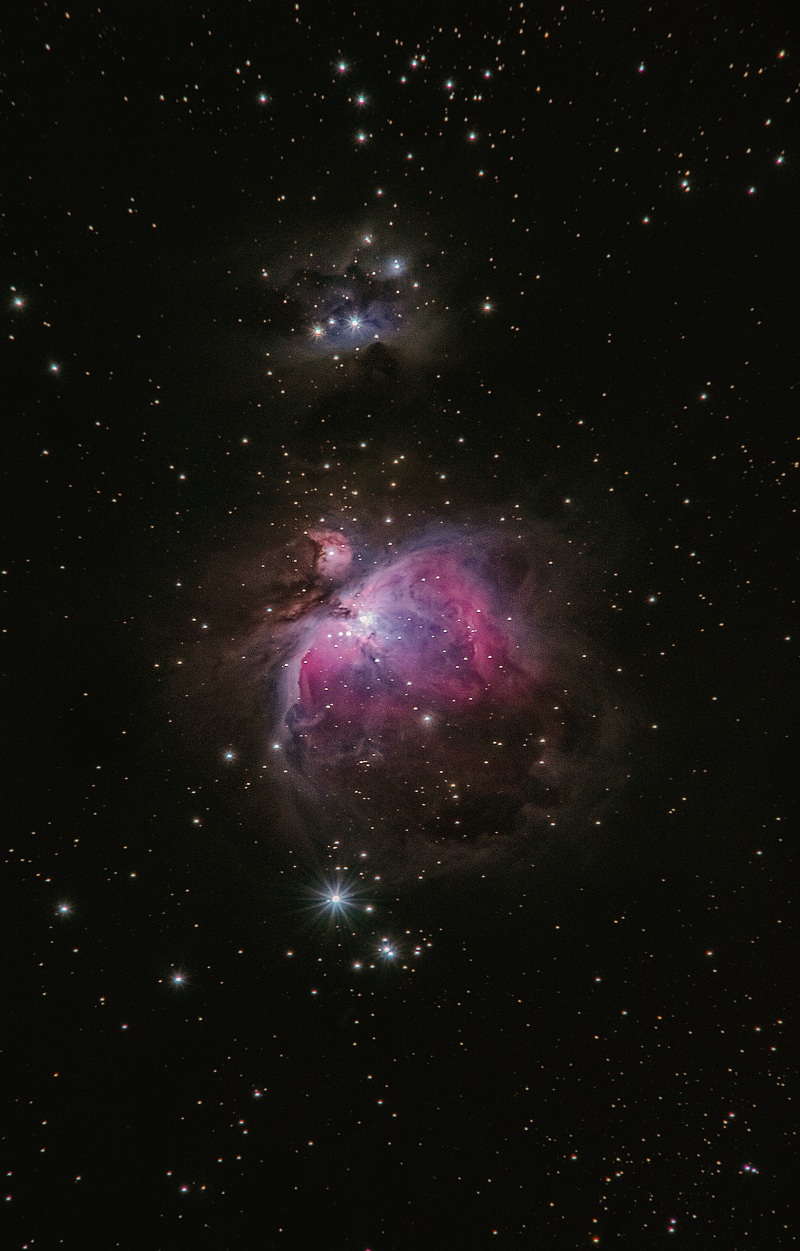
Image by Alex Andrews via pexels.com 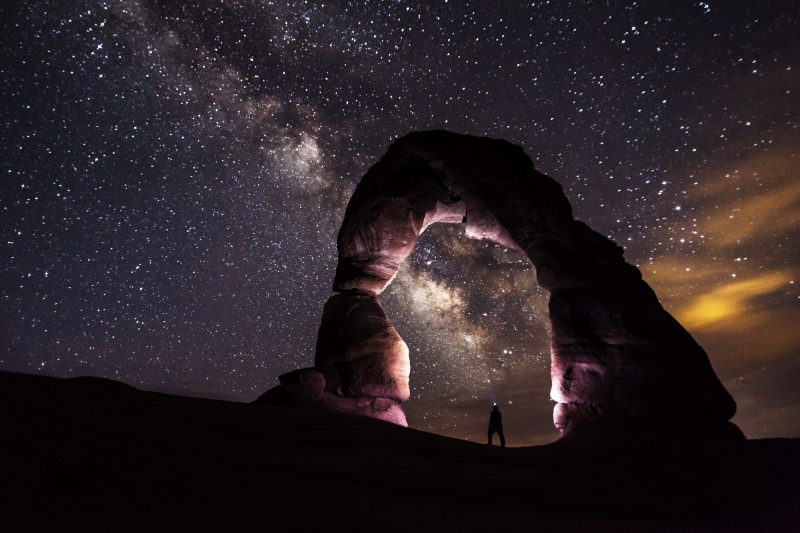
Image by Pixabay via pexels.com -
The topic of which of observed stars is the oldest arises when we talk about stars. Could we possibly know, considering that it is likely that a star of this type would have gone supernova long ago, condensed into one of those ultra-dense neutron stars, or became a black hole. The first stars are still just hypothetical.
Because of the theory that suggests that their extended lives have stripped them of all heavy components, these stars are known as Population III stars and are largely undetected by methods that are currently available (calcium, magnesium, etc.). The star we revolve around is a Population I-type, which is a very young star and, by cosmic standards, is full of the heavier components believed to have given rise to Earth, Mercury, Venus, and other planets.
As of today, AS0039, which is 290,000 light years away, is thought to be the oldest star known to man. It is thought to have been a remnant of a truly enormous star, perhaps 20 times as massive as our sun, that went hypernova, an event that is 10 to 100 times more intense than a supernova.
Extrapolating from the fact that AS0039 is not only devoid of metal atoms but also remarkably light on heavy gases like carbon, one might conclude that it may have existed during the first billion years of the universe. It certainly seems as though AS0039 has the solar version of osteoporosis.
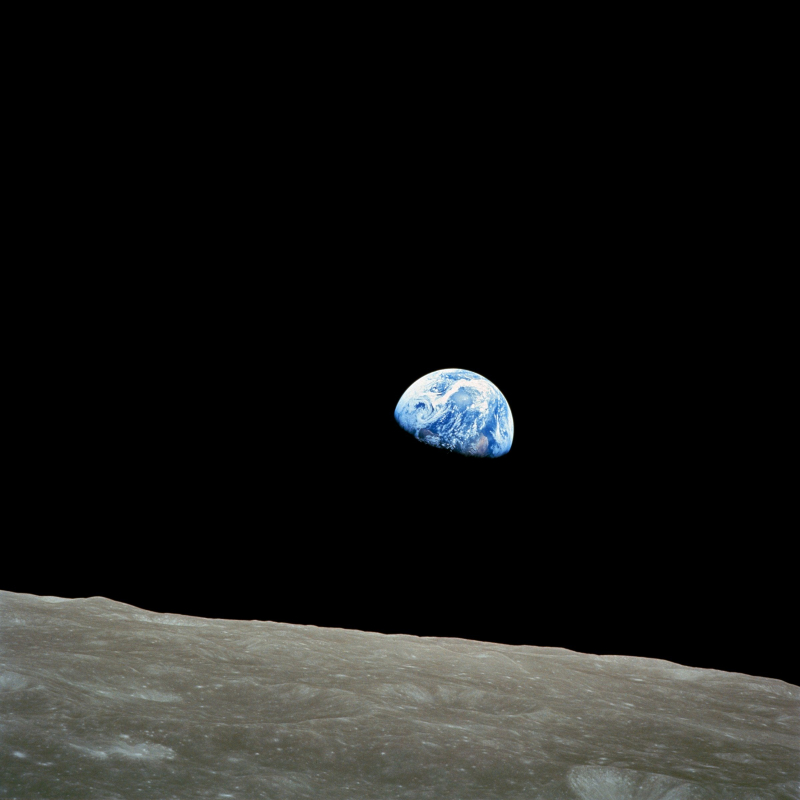
Image by Pixabay via pexels.com 
Image by Faik Akmd via pexels.com -
Up until a few decades ago, when astronomers began using telescopes to make the initial discoveries of planets like Mercury, it was believed that most solar systems would behave in a manner similar to our own. According to the general theory, all the heavy elements that make up a rocky dwarf planet like Earth, like carbon, oxygen, iron, etc., were created in stars before being gradually expelled. As a result, it is possible to estimate the age of a star and its planets in part by counting the number of heavier atoms that the star expelled to fill its planets.
Later, in 2010, observations of solar systems, such as HIP-11952 and HIP-13044, with an estimated age of 12 billion years or more, started to become common. In addition to being so incredibly old, they defy expectations by having gas planets in places where rocky planets should be (such as 11952c, which is close enough to its star that its years are only seven Earth days long). Over the years, TopTenz has expressed a lot of opinions regarding the diversity of celestial bodies. Yet research into the earliest solar systems suggests that perhaps our solar system is the odd one out.
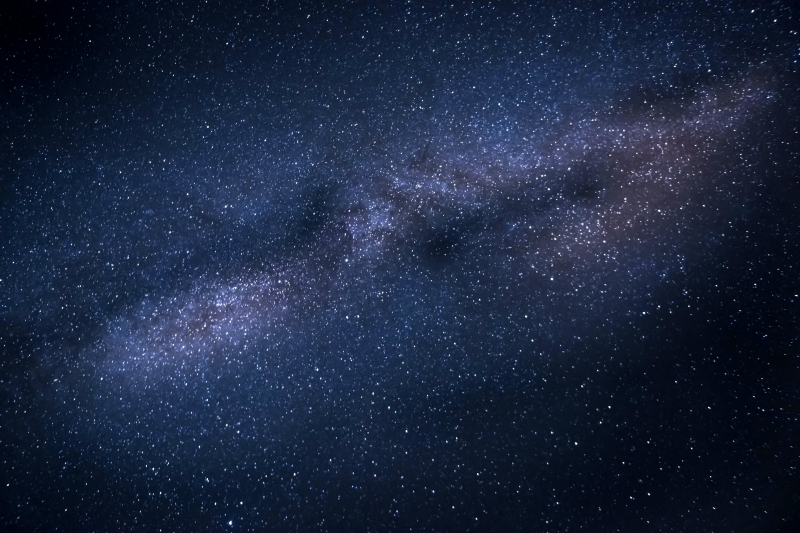
Image by Pixabay via pexels.com 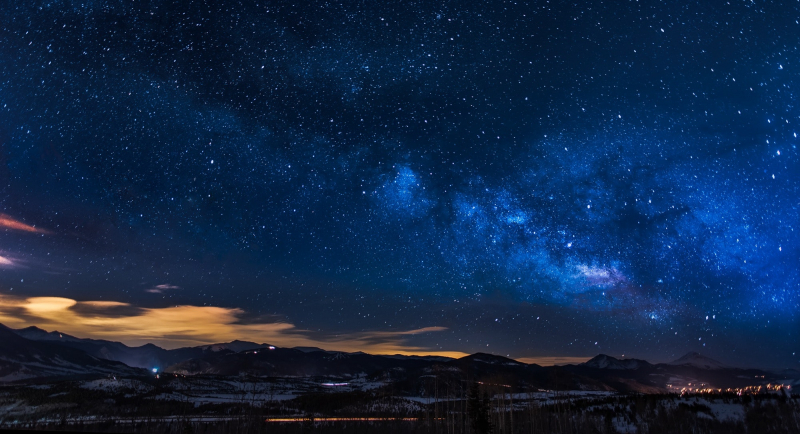
Image by Pixabay via pexels.com -
Let's switch gears from the earliest eons' hydrogen atoms and radiation to something more recent, like the last 3.5 billion years or so. Even though all the components needed to create the first cells, such as protein strands, glucose, etc., were present, how did the life process start even though these components were already combined? Benjamin Hess, Jason Harvey, and Sandra Piazolo of Nature Communications claim that lightning appears to be the cause of all of this commotion.
Earth's atmosphere was rife with lightning storms approximately a billion years after the planet's formation. A study that was released in March 2021 suggested that one of the billions of bolts that could have struck a body of water where all the chemicals had accumulated and congregated could have also released phosphorus from the ground, which would have begun the process of converting free protein into DNA. Hence, even if Mary Shelley's original novel is distorted by the usage of lightning in the Frankenstein adaptations, it would seem that this practice is more accurate to the true origin of life.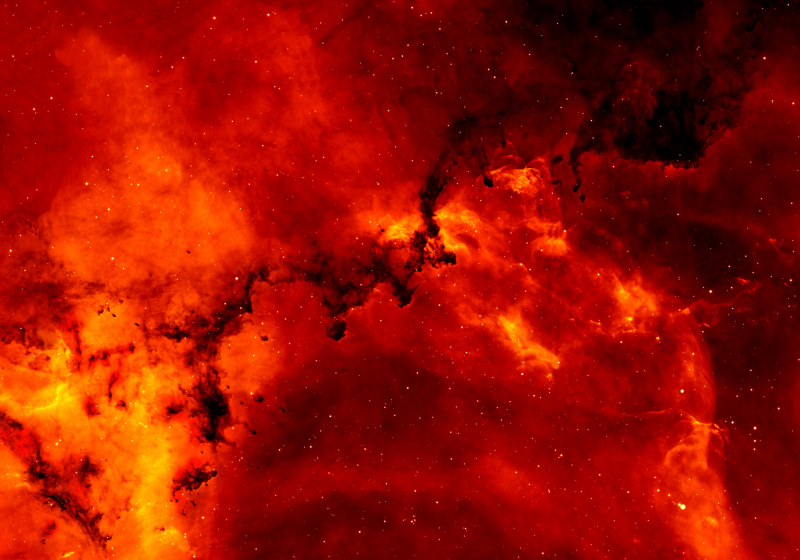
Image by Pixabay via pexels.com 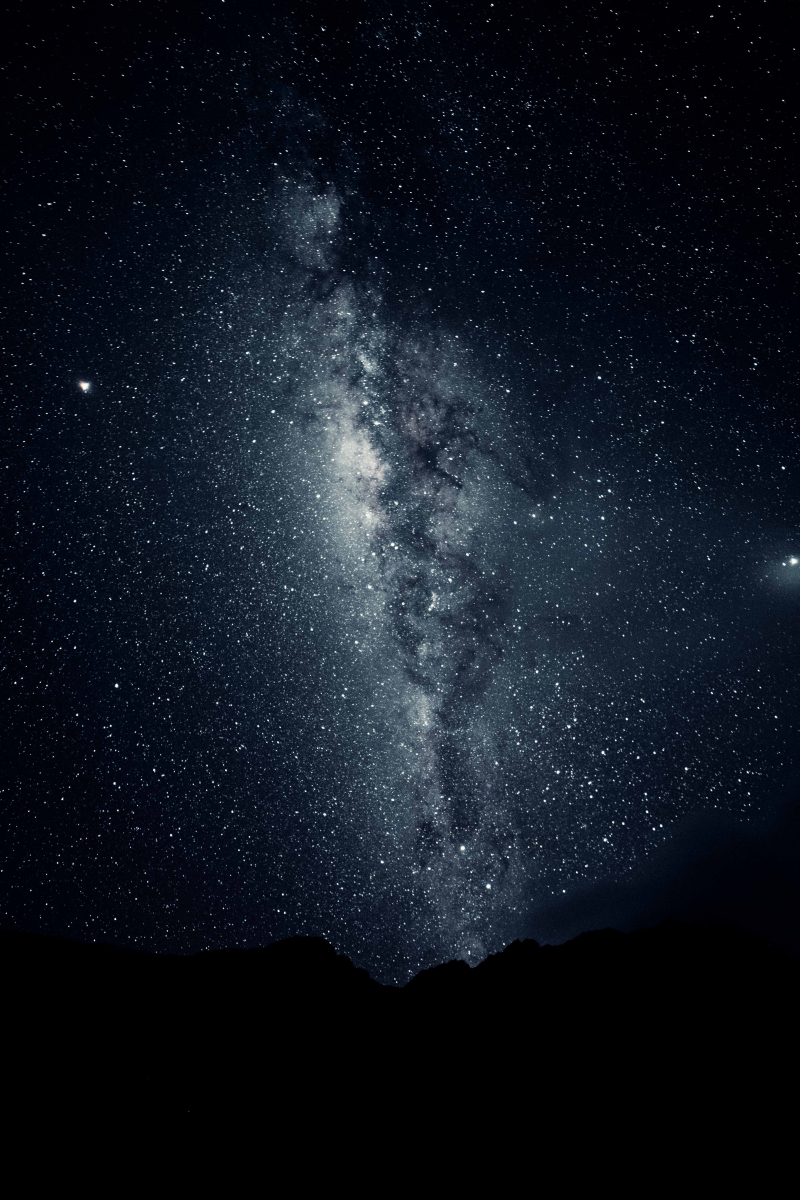
Image by Sam Kolder via pexels.com -
Consider that half of the matter at that time was made up of physics that operated essentially backwards, making it even more difficult to picture a time when all matter was intensely compressed into a black atom that was a quadrillion degrees hot. According to the European Council for Nuclear Research, antimatter made up half of everything that was squeezed into the genesis point at the beginning of the universe.
If you're asking why matter isn't constantly slamming into antimatter and exploding, the answer is that within a billionth of a second of the big bang beginning, the balance of particles flipped in favor of matter over antimatter. It may have been a billionth of a percent, according to some extrapolations. Yet, it was sufficient for all of the antimatter in the brand-new cosmos to be transformed into energy in less than a second.
This energy is now known as the cosmic microwave background radiation. Unsurprisingly, the Big Bang's confirmation in the 1960s depended heavily on the uniformity of the CMB. Additionally, it demonstrates how conflicts that end with the total destruction of one side are literally as old as the cosmos.

Image by Roberto Nickson via pexels.com 
Image by Ian Beckley via pexels.com -
Once, it was believed that it would take billions of years for galaxies to form because heavier gases like oxygen and carbon have to be created by the conversion of lighter gases like hydrogen, helium, and lithium in a temperature that could practically melt subatomic particles.
Nevertheless, according to a study by NASA that was published in June 2020, stars and galaxies began to form within 650 million years of the universe's creation, while everything was still shrouded in hydrogen darkness, based on background radiation tests in the cosmos. The prevailing idea holds that galaxies originate with such extraordinary speed under such early conditions as a result of gas clouds slamming into one another violently.
It makes sense that these ancient galaxies would be at the edge of the known universe's expansion, at its furthest reaches. Before danger arose, they got to enjoy a few hundred million years of tranquility. The first superdense black holes appeared when the cosmos was a billion years old. More than 10 billion years is still a pretty decent run, despite some theories that black holes may eventually kill huge galaxies with their hundreds of billions of stars.
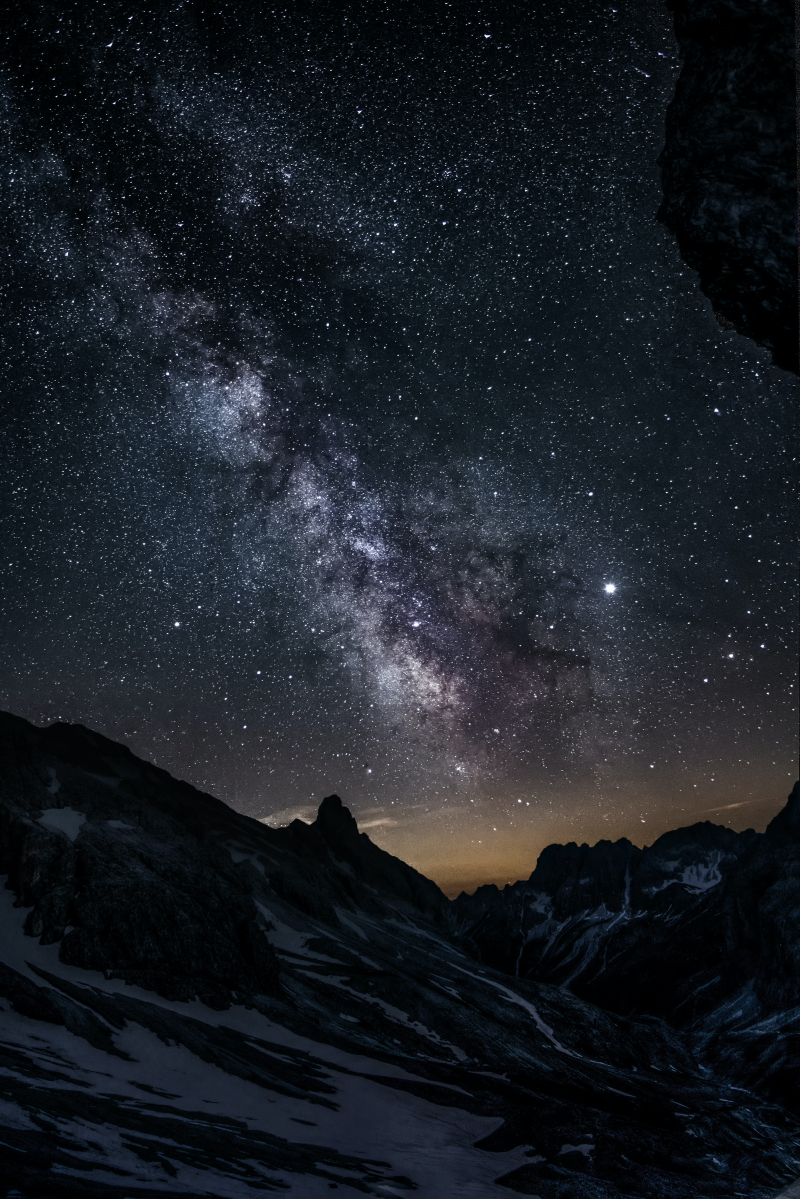
Image by Marco Milanesi via pexels.com 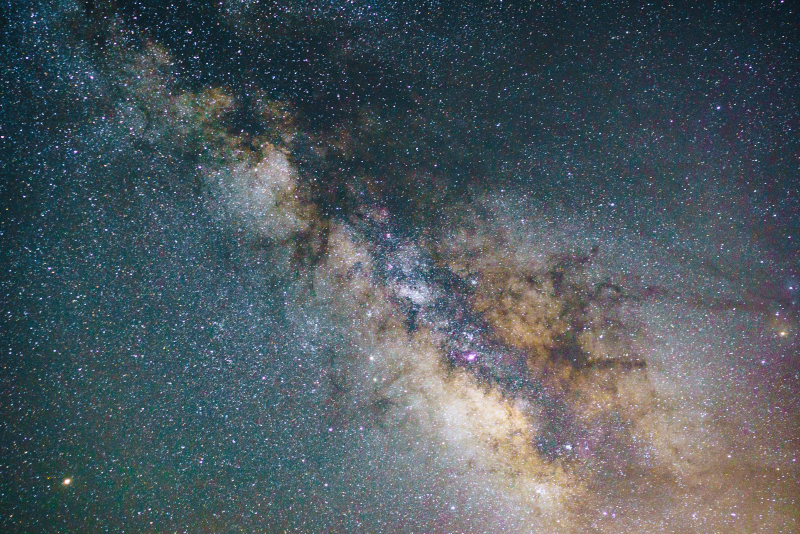
Image by Jacub Gomez via pexels.com -
You wouldn't want to go back in time to see the creation of the universe, even if your time travel device had the ideal self-contained life support system to prevent you from being suffocated by all the black hydrogen and a droning noise from becoming lodged in your mind. The early universe had a high temperature. According to some calculations, everything was one quadrillion, or 1,000 trillion, degrees Celsius, after the expansion started. It is around 20 billion times hotter than the sun's center. Personally, I don't think our time machine could withstand that.
It becomes quite astounding that it is only around 250 times hotter than anything that humanity has ever made when one considers the relative temperature. It was accomplished in 2010 by an atom smasher akin to the renowned Large Hadron Collider near Geneva, Switzerland, that was employed at Brookhaven National Laboratory in the state of New York. The melting point of subatomic particles like quarks is two trillion degrees, according to one of the results. As a result, for a brief while, researchers in the vicinity of Upton, New York, blasting gold particles at one another, were able to provide a view into the haze at the beginning of the universe.

Image by Pixabay via pexels.com 
Image by Sebastian Arie Voortman via pexels.com -
It is commonly known that the Big Bang wasn't so much an enormous explosion as it was an enormous expansion; to put it another way, it was more like an airbag deploying than a bomb detonating. But it is noisy, as anyone who has had an airbag inflate in their face will attest. Both were not the originals.
The echoes have gotten incredibly weak throughout the ages. It wasn't until 2014 that one of these waves was first measured, despite the fact that we have known about these energy echoes flowing across the universe since the 1960s. It makes sense since, according to Nature magazine, the Big Bang's aftershocks are separated by roughly 500 million lightyears.
In fact, the previous year, University of Washington scientist John Cramer created a 100-second demo of the sound the universe made when it first began approximately 380,000 years after the Big Bang, around the time the hydrogen haze began to form. The sound is more like a drone that progressively increases in pitch rather than music, similar to what may be heard in a science fiction show when a UFO arrives. But again, the universe was more concerned in converting hydrogen into anything else than in taking home Grammys, so it was probably just good for one listen out of curiosity.

Image by Rakicevic Nenad via pexels.com 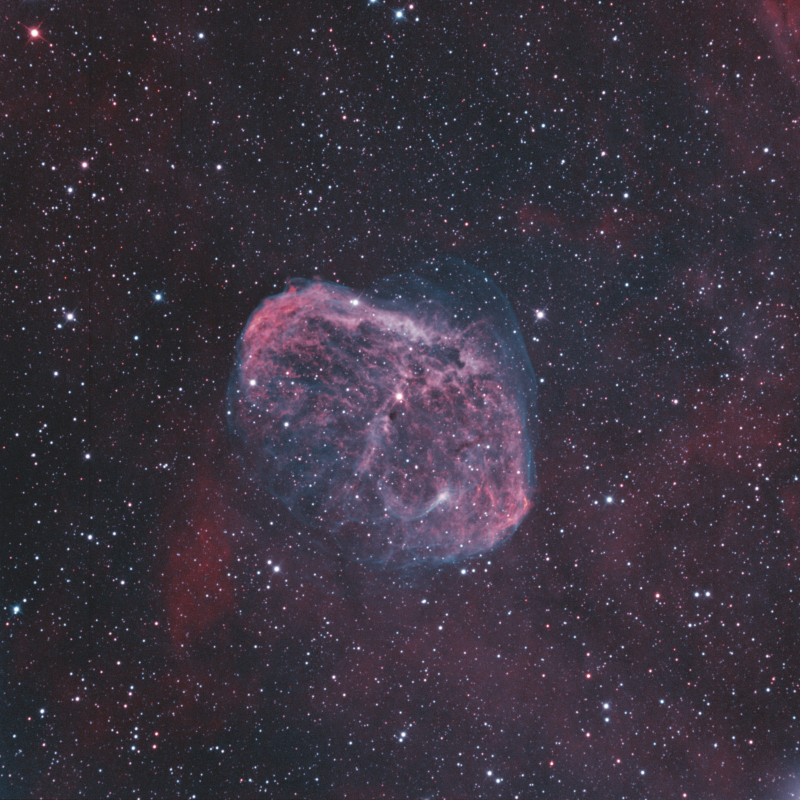
Image by David Kopacz via pexels.com -
According to widely accepted models, the time it took for the compressed mass to become a point smaller than an atom was significantly less than a billionth of a second. After roughly the first 300,000–400,000 years, the universe began to fill with stuff in the form of a massive cloud of hydrogen that swiftly earned the nickname "fog."
Since hydrogen is the lightest known atom in the universe, it would actually be more correct to refer to the hydrogen at the time as haze, according to publications like Science magazine. This wasn't a flimsy smogbank that would vanish in the face of a strong cosmic wind. It is estimated that it took this massive cloud of hydrogen one billion years to evaporate. If the universe were a middle-aged adult, it would have been completely dark for the duration of its early years and into its toddler years. There are undoubtedly a number of parents out there who claim to be able to relate...
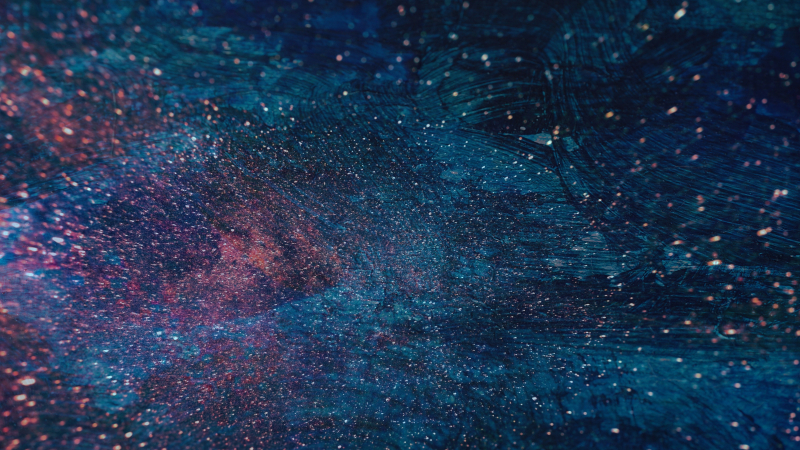
Image by Suzy Hazelwood via pexels.com 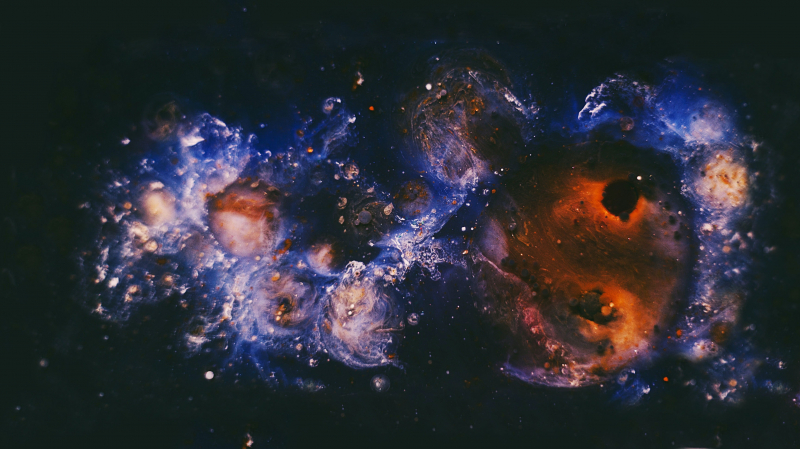
Image by Miriam Espacio via pexels.com


















